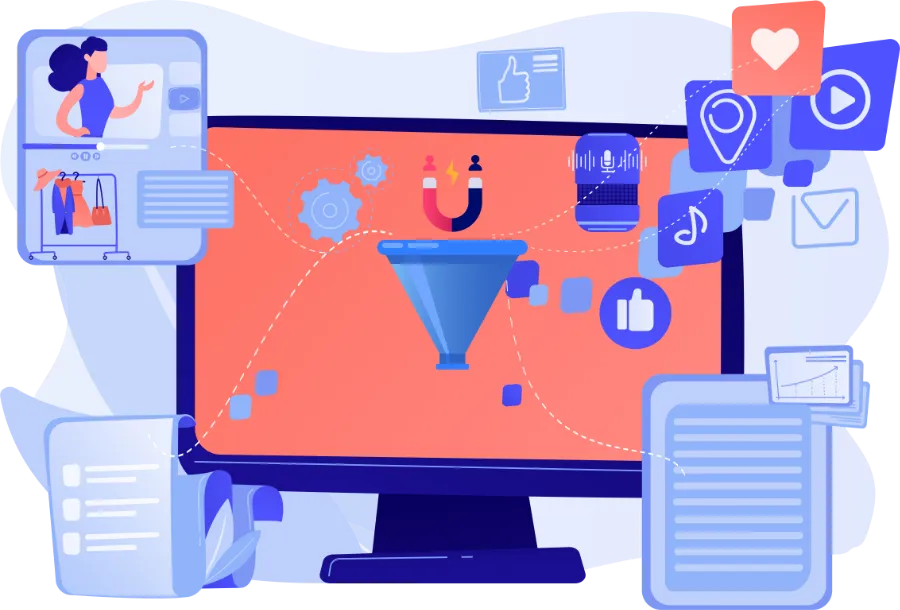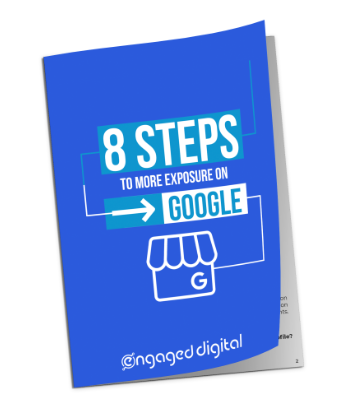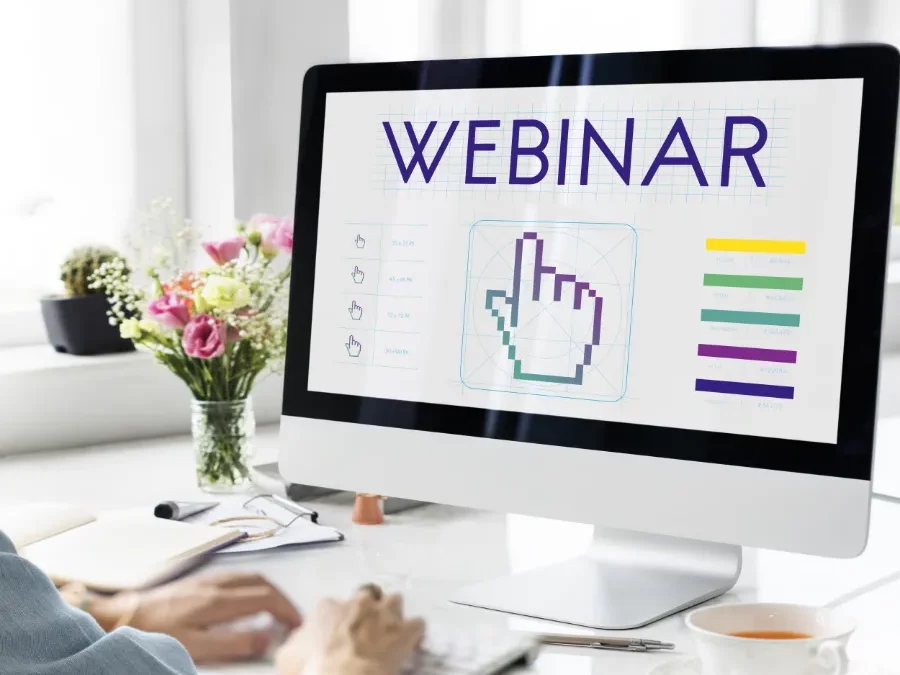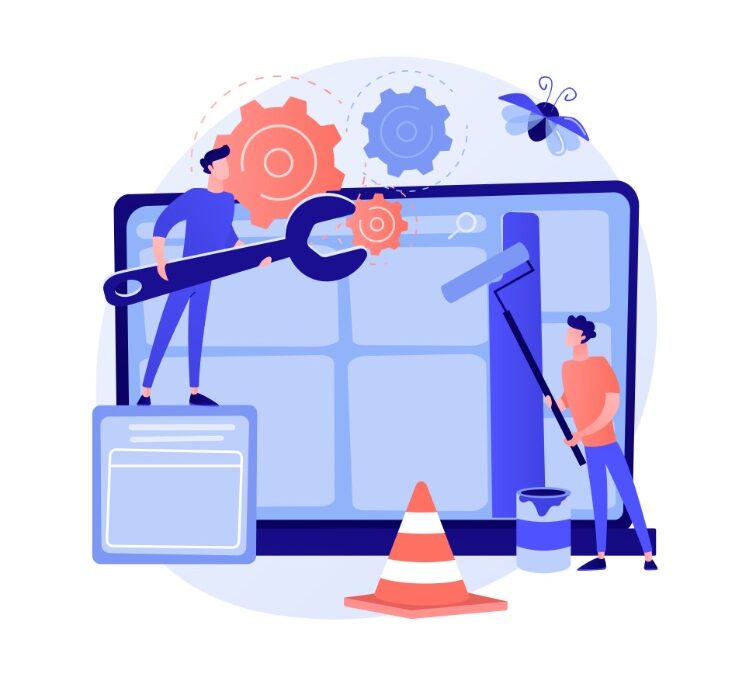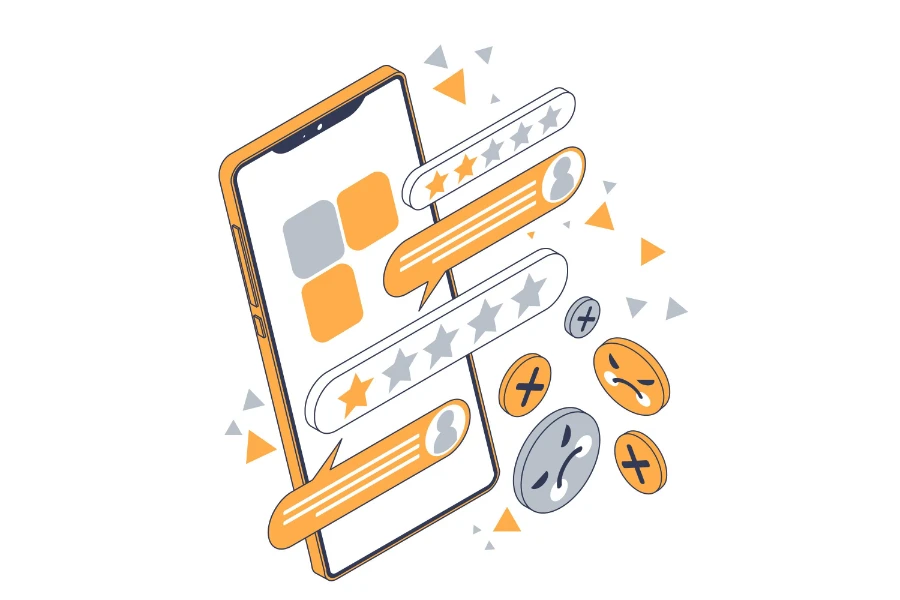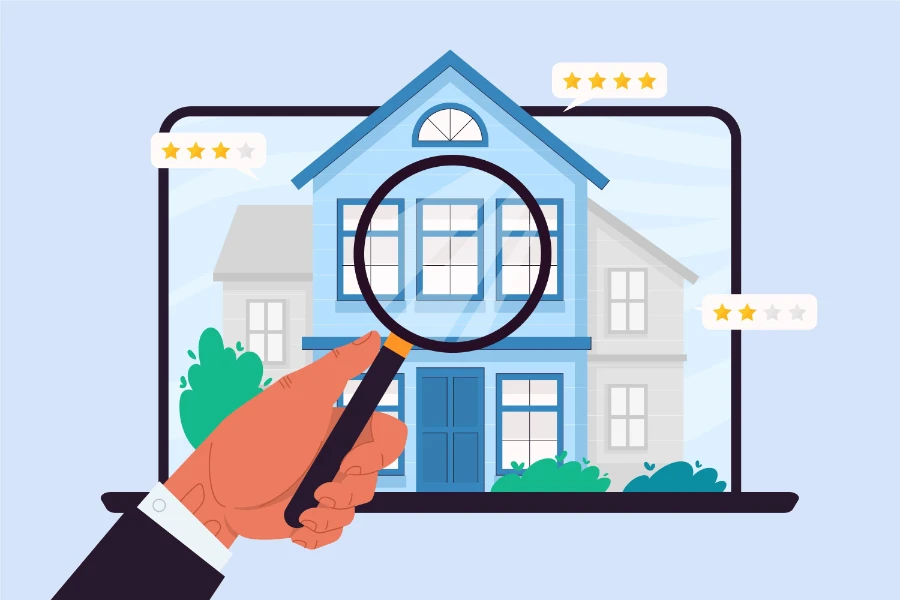Are you searching for an effective way to boost your content marketing strategy? Look no further! Incorporating customer testimonials and customer success stories into your blog posts can be a game-changer. Additionally, consider creating an infographic to visually showcase the impact of your products or services. Look no further! Incorporating customer testimonials and customer success stories into your blog posts can be a game-changer. Additionally, consider creating an infographic to visually showcase the impact of your products or services. By understanding the customer journey and implementing a well-crafted content funnel, you can drive brand awareness, engage prospective customers, and ultimately increase conversions. Success stories of our product demonstrate the effectiveness of this approach in achieving the end goal.
So, what exactly is a content marketing funnel? The sales funnel is an effective content marketing strategy that guides your audience through different stages of their buying journey. It’s a strategic framework known as the funnel content marketing or funnel content strategy. From blog posts to interactive infographics, each piece of content plays a vital role in guiding leads through the sales funnel and influencing their buying decision. This content helps nurture leads and ultimately leads them to make a purchase.
Throughout this article, we’ll explore the topic of the buyer journey and how different types of content can be used to effectively engage your target audience and achieve your product goal. Get ready to unlock the power of expert guides that will help you achieve your goal with our product throughout the full content funnel!
The Purpose and Benefits of a Content Marketing Funnel
A content marketing funnel is a powerful tool that drives conversions and maximizes the effectiveness of your marketing efforts. By using a funnel approach in your content marketing strategy, you can connect with your customers and guide them through the buyer journey. This is a strategic way to achieve your business goals and effectively promote your product.
How a content marketing funnel drives conversions
The main purpose of a content marketing funnel is to guide prospects through the different stages of their buyer’s journey, ultimately leading them to product conversion. This is done by providing valuable content as a source of information and engaging with potential customers in a strategic way. Here’s how it works:
- Product Awareness: At the top of the buyer journey funnel, you create content that attracts and engages your target audience to source potential customers. This helps content marketers raise awareness about your brand and establishes credibility in an effective content marketing strategy.
- Consideration: As customers move down the buyer journey, you provide them with informative content that addresses their pain points and showcases how your products or services can solve their problems.
- In this final stage of the full content funnel, you present compelling calls-to-action (CTAs) as part of your funnel content strategy. These CTAs encourage prospects to take action, such as making a purchase or signing up for a newsletter, and guide them through the buyer journey.
By strategically aligning your content with each stage of the buyer’s journey, you can effectively nurture product leads and increase conversion rates for customers and prospects.
Benefits of using a funnel approach in content marketing
Implementing a content marketing funnel offers several advantages:
- A streamlined customer journey is crucial for converting prospects into customers. A well-structured product funnel ensures that relevant information is provided at each stage, increasing conversion rates.
- Improved targeting: By understanding where potential customers are in the buyer journey, you can tailor your messaging to address their specific needs and concerns. This is crucial for a successful funnel content strategy, as it allows you to create product-specific content that guides them through the full content funnel.
- With targeted content at every step of the buyer journey, you can nurture both customers and prospects by providing valuable insights about the product and building trust over time.
- Increased ROI: A properly optimized product funnel allows for better tracking and measurement of key metrics, enabling you to make data-driven decisions and optimize your return on investment with prospects.
Aligning your content with customer needs at each stage
To effectively align your content with the customer’s needs and capture the attention of potential prospects, consider these tips for optimizing your product.
- Conduct thorough research to understand your target audience’s pain points and preferences for your product. Implement a full content funnel strategy to attract and engage prospects.
- Create product content that addresses specific challenges and provides valuable solutions for prospects.
- Use a mix of formats such as blog posts, videos, infographics, and social media content to cater to different preferences of your product prospects.
- Incorporate strong calls-to-action in your content to guide prospects towards the next stage of the product funnel.
By implementing an effective content marketing funnel, you can drive conversions for your product, nurture prospects, and achieve long-term success for your business.
Creating an Effective Content Marketing Funnel Strategy
Identifying Target Audience Personas for Effective Targeting
To create an effective content marketing funnel strategy, it is crucial to start by identifying your target audience personas, also known as prospects. Understanding the characteristics and preferences of your ideal customers allows you to tailor your content to their specific needs and interests, attracting and engaging potential prospects. By creating and optimizing funnel content, you can effectively target prospects and increase the chances of converting them into paying customers.
Consider the following steps when identifying your target audience personas for prospects in your funnel content.
- Conduct market research to gather demographic data on prospects, such as age, gender, location, and income level. This data will help you create effective funnel content.
- Analyze psychographic information to gain insights into prospects’ motivations, interests, values, and behaviors. This will help in creating effective funnel content.
- Use customer surveys or interviews to gather direct feedback from your existing customer base and gain valuable insights that can help you attract and convert prospects. By incorporating these feedback into your funnel content, you can create a more effective strategy to engage with potential customers and drive conversions.
- Create detailed buyer personas to effectively target your prospects with funnel content. These personas should encompass all relevant information about your target audience.
Mapping Out the Stages of Your Content Marketing Funnel
Once you have identified your target audience personas, it’s time to map out the stages of your content marketing funnel to attract and convert prospects. A content marketing funnel typically consists of three main stages: awareness, consideration, decision, and prospects.
Here’s a breakdown of each stage:
- Awareness: At this stage, focus on creating content that grabs attention and introduces your brand or product to potential customers, also known as prospects.
- Blog posts addressing pain points or common industry challenges
- Social media content showcasing thought leadership
- Infographics or videos highlighting key statistics or trends
- Consideration: In this stage, provide more in-depth information about your offerings to nurture prospects who are considering making a purchase. Create funnel content that engages and educates prospects, guiding them through the decision-making process.
- E-books or whitepapers offering valuable insights or solutions
- Webinars demonstrating product features or use cases
- Case studies showcasing successful implementations
- Decision: This final stage aims at converting prospects into customers by providing compelling funnel content that highlights the reasons why they should choose your product or service.
- Offering free trials or demos is a great way to allow prospects to experience your product or service.
- Customer testimonials or reviews highlighting positive experiences
- Limited-time offers or discounts are a great way to create a sense of urgency and attract prospects.
Developing a Content Plan That Addresses Each Stage
To maximize the effectiveness of your content marketing efforts and attract more prospects, it’s essential to develop a comprehensive content plan that addresses each stage of the funnel. This ensures that you have relevant and engaging content available for your prospects at every step of their buyer’s journey.
Consider the following tips when developing your content plan:
- Align your content with the target audience personas and prospects you identified earlier.
- Create a diverse range of content types, such as blog posts, videos, podcasts, and social media posts, to attract prospects.
- Use appropriate keywords to optimize your content for search engines and attract more prospects.
Optimizing Your Content for Each Stage of the Funnel
Crafting awareness-focused content is crucial in attracting new prospects to your business. By creating compelling blog posts, social media updates, and informative videos, you can capture the attention of prospects who are in the discovery stage of the funnel. Make sure to use relevant keywords and optimize your content for organic search to increase visibility.
Moving on to the consideration stage, it’s important to create content that educates and engages your audience. This can include detailed guides, comparison articles, and case studies that highlight the benefits and features of your products or services. By providing valuable information, you can build trust with your prospects and position yourself as an authority in your industry.
Designing persuasive content is key. Landing pages play a crucial role here as they serve as a direct call-to-action for visitors. Ensure that these landing pages are optimized for conversion rates by using compelling headlines, clear CTAs (Call-to-Actions), and persuasive copywriting techniques. Consider offering incentives such as free trials or exclusive discounts to encourage users to take action.
Remember that each stage of the funnel requires different types of content tailored to meet specific objectives. By understanding the needs and preferences of your target audience at each stage, you can effectively guide them towards making a purchase decision.
Measuring and Analyzing Content Performance in the Funnel
Tracking the effectiveness of your content marketing funnel is crucial for optimizing your strategy and maximizing ROI. By measuring key metrics at each stage of the funnel, utilizing analytics tools, and leveraging data insights, you can refine your approach to achieve better results.
Key metrics to track at each stage of the funnel
To gauge the success of your content marketing efforts, it’s essential to monitor specific metrics at different stages of the funnel. These metrics provide valuable insights into audience engagement and conversion rates. Some key metrics to consider include:
- Bounce rate: Measure how many visitors leave your site without taking any action. A high bounce rate may indicate that your content isn’t resonating with the target audience.
- Conversion rate: Track how many visitors complete desired actions such as signing up for a newsletter or making a purchase. This metric helps assess the effectiveness of your content in driving conversions.
- Engagement rate: Evaluate how well your content engages users by analyzing factors like time spent on page, social shares, comments, and likes.
- Customer acquisition cost (CAC): Calculate how much it costs to acquire a new customer by dividing total marketing expenses by the number of customers gained during a specific period.
Tools for measuring content performance and ROI
To accurately measure content performance throughout the funnel, various analytics tools are available:
- Google Analytics: Provides comprehensive data on website traffic, user behavior, conversions, and more.
- Heatmap tools (e.g., Crazy Egg or Hotjar): Visualize user interactions with your website through heatmaps and recordings.
- A/B testing platforms (e.g., Optimizely or VWO): Conduct experiments to compare different versions of web pages or content elements.
- Surveys and feedback tools (e.g., SurveyMonkey or Qualtrics): Collect user opinions and preferences to gain qualitative insights.
Using data insights to refine your content strategy
Data analysis plays a vital role in refining your content marketing strategy. By leveraging data insights, you can make informed decisions and optimize your approach to achieve better results. Consider the following steps:
- Analyze performance metrics: Regularly review the key metrics mentioned earlier to identify patterns, trends, and areas for improvement.
- Identify high-value content: Determine which pieces of content are generating the most engagement, conversions, or revenue.
- Conduct audience research: Utilize demographic and behavioral data to understand your target audience better and tailor content accordingly.
- Test and iterate: Experiment with different approaches based on data insights, such as trying new formats, headlines, or CTAs.
Integrating Social Media and Email Marketing into the Funnel
Leveraging social media platforms is an effective way to promote awareness-stage content. By creating engaging social media posts, you can capture the attention of your target audience and drive them towards your content marketing funnel. Use platforms like Facebook, Instagram, and Twitter to share valuable information, teasers, and snippets of your content that pique curiosity and encourage users to click through.
Utilizing email marketing campaigns is crucial for nurturing leads as they progress through the funnel. Once you have captured their interest with social media, it’s important to keep them engaged through personalized emails. Send targeted emails that provide additional value, such as exclusive content or special offers. This helps build trust and establishes a deeper connection with your leads.
To integrate social media and email into your overall funnel strategy effectively, consider the following strategies:
- Offer incentives: Encourage users to join your email list by offering free resources or discounts in exchange for their contact information. This allows you to connect with them directly through email while expanding your reach on social media.
- Webinar promotions: Leverage both channels by promoting webinars on social media platforms and sending follow-up emails to registrants. This approach maximizes attendance rates while nurturing leads further along the funnel.
- Cross-promotion: Share snippets of your email newsletters on social media platforms to entice followers to subscribe for more valuable content. Likewise, include links to your social media profiles within emails to encourage subscribers to connect with you on those platforms.
By integrating social media and email marketing seamlessly into your overall funnel strategy, you can effectively engage with potential customers at different stages of their buyer’s journey. Remember to track metrics such as click-through rates, engagement levels, and conversion rates across both channels to optimize your efforts continually.
Achieving Success with Your Content Marketing Funnel
Congratulations! You now have a solid understanding of how to create an effective content marketing funnel. By implementing the strategies and optimizing your content for each stage, you are well on your way to achieving success in your marketing efforts. Remember, the purpose of the funnel is to guide your audience through their buyer’s journey, providing them with valuable information and nurturing them towards making a purchase.
To maximize your results, it’s crucial to continuously measure and analyze the performance of your content within the funnel. This will help you identify what’s working and what needs improvement, allowing you to make data-driven decisions that can lead to better conversions. Don’t forget to integrate social media and email marketing into your funnel as well, as these channels can greatly enhance engagement and keep your audience connected.
Now it’s time for you to take action! Start implementing what you’ve learned today and watch as your content marketing efforts flourish. Remember, Rome wasn’t built in a day – be patient and consistent with your strategies. With dedication and perseverance, you’ll soon see the positive impact of an effective content marketing funnel on your business.
Content Marketing Funnel FAQs
How long does it take for a content marketing funnel to show results?
The timeline for seeing results from a content marketing funnel varies depending on various factors such as industry, target audience, and competition. While some businesses may start seeing results within a few weeks or months, others might take longer. It’s essential to consistently produce high-quality content and optimize it for each stage of the funnel while closely monitoring performance metrics.
Can I use a content marketing funnel for B2B (business-to-business) marketing?
Absolutely! Content marketing funnels are highly effective for B2B marketing as well. The key is understanding the unique needs and pain points of your target businesses, creating relevant content that addresses those challenges at each stage of the funnel, and nurturing leads with valuable information to build trust and credibility.
How do I measure the success of my content marketing funnel?
Measuring the success of your content marketing funnel involves tracking various metrics such as website traffic, conversion rates, email open and click-through rates, social media engagement, and lead generation. Analyzing these metrics will provide insights into the effectiveness of your content at each stage of the funnel and help you identify areas for improvement.
Should I focus more on creating top-of-funnel or bottom-of-funnel content?
It’s important to strike a balance between top-of-funnel (TOFU) and bottom-of-funnel (BOFU) content. TOFU content helps attract and educate a larger audience, while BOFU content focuses on converting those leads into customers. Both stages are crucial for a successful funnel. Tailor your strategy based on your specific goals and target audience’s needs at each stage.
Can I use automation tools to streamline my content marketing funnel?
Yes! Automation tools can be incredibly helpful in streamlining your content marketing funnel. They can assist with tasks such as scheduling social media posts, segmenting email lists, personalizing messaging, tracking analytics, and even automating lead nurturing workflows. By leveraging these tools effectively, you can save time while delivering targeted and timely content to your audience throughout their buyer’s journey.

